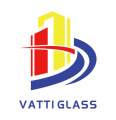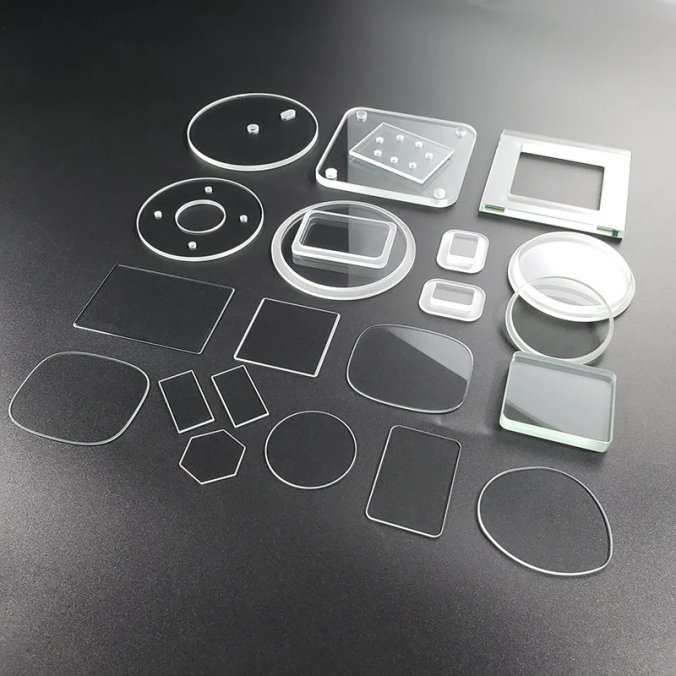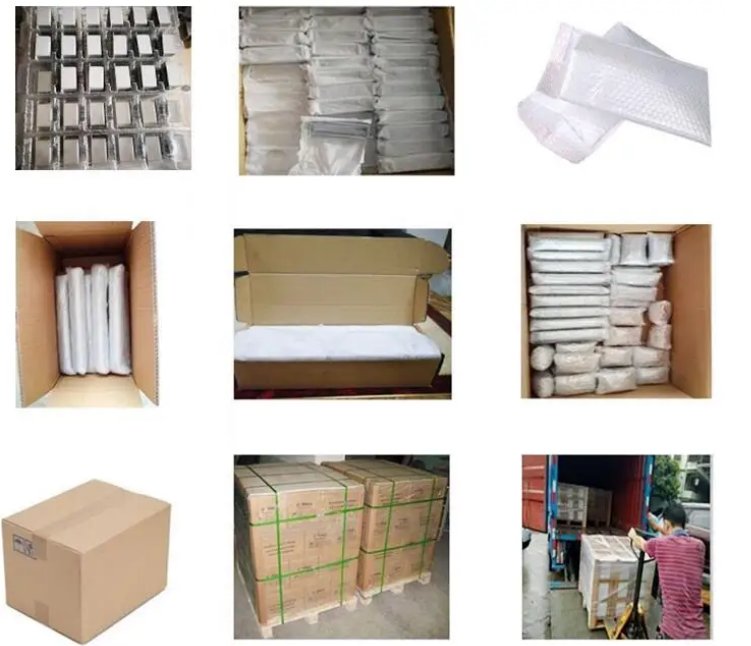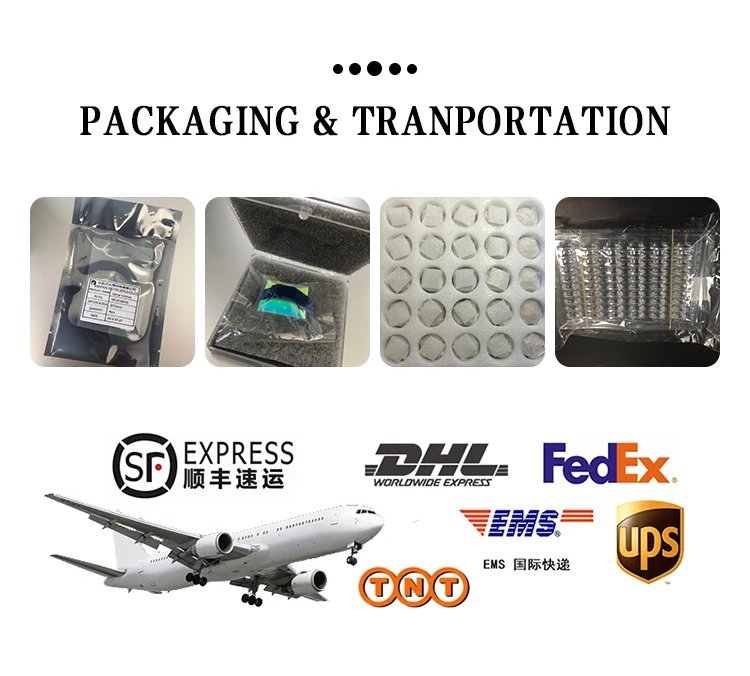

AR glass adopts the principle of optical thin film interference, and a nano-optical multilayer film with a certain film structure is deposited on the glass substrate by the vertical vacuum magnetron sputtering method, which increases the visible light transmittance of the glass from 89% to more than 98% , The surface reflected light is reduced from 8% to less than 1%. For example, the four-layer AR film is coated on both sides, the light transmittance can be as high as 98%, and the reflectivity can be reduced to less than 1%. Under outdoor strong light, it has high transmittance and no reflection, anti-glare, and greatly improves the flat panel display in strong light. Contrast and clarity in the environment, while partially improving the brightness of the display, with high-definition eye-relief function.
Features of anti-reflective glass:
· High transmission & low reflectance;
· Contrast enhancement for sharp, clear graphics and text;
· Standard broadband AR reduces surface reflection from 4% to less than 1%;
· Can be used in conjunction with conductive ITO coatings, bus bars, UV rejection coatings and surface enhancement coatings (index matching available);
· Can be custom designed to meet your wavelength requirements;
· Anti-Smudge coating can be applied over AR to reduce “fingerprinting”;
· Hydrophobic topcoat can be applied to eliminate moisture buildup;
Packing & Delivery

